FKSTA
Adjunct Professor, Dept of Physics
Karnatak University, Dharwad

“I’m passionately curious” – Albert Einstein
Understanding the Genius:
A genius is one with exceptional creative power. It is widely accepted by all of us that the most creative persons possess a special talent that is attributed to their genes. However, lately, in addition to the indispensable role of genes, there have been studies as to the influence of environment on the genes, both of which contribute to human creativity. Genes, being a biological material of heredity, get transferred from a parent to offspring whose characteristics they decide. Environment broadly includes culture and socio-political milieu for conducting life and is integral to the human development. Societies through ages have sustained the belief system that the genes pre-determine a person’s destiny. However, Epigenetics says that the genes are susceptible to environmental influences and so the Genes x Environment or GxE paradigm, as it is called, leads to genetic expression as a process among others.

D. Gukesh Dommaraju, India’s chess grandmaster
The attainment of the state of genius is the result of GxE dynamical process during the development of the individual. I.C. Robledo, a psychologist and bestselling author quotes an instance in his book The Secret Principles of Genius in which a very famous modern artist Pablo Picasso, following a request by a person to make a sketch quickly on a napkin, drew it in just one minute and asked for a large sum of money. In shock the person said to Picasso that it just took one minute for him to make the drawing. Picasso replied saying it took him forty years!!
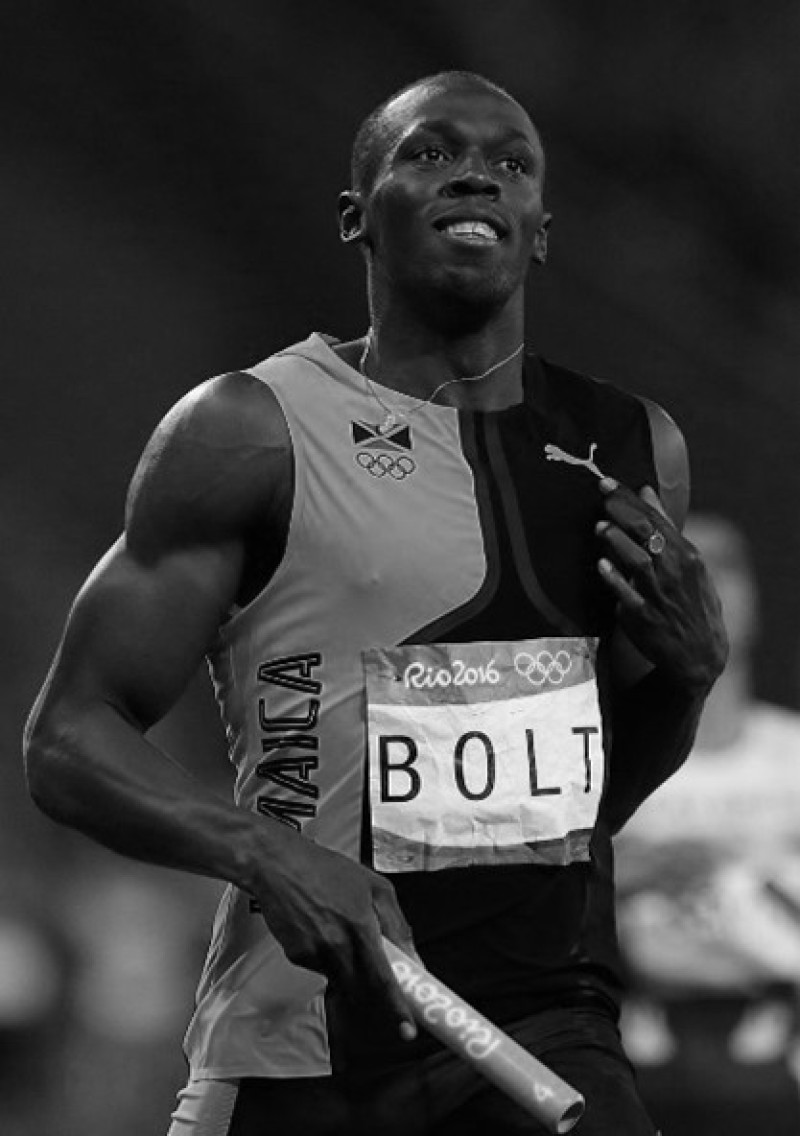
Usain Bolt, World’s fastest runner and 7-time Olympian
His creative powers must have stemmed from a long process entailing both diligence and concentration of the mind. So, we may say, a genius is not born; he is made. Recent world chess champion and grandmaster of India D.Gokesh took to the game at the age of seven and earned the grand-master title at twelve years of age. His focus and perseverance combined with parents’ dedication of resources, time and the sacrifice of their career catapulted Gokesh to the level of world champion. Nothing comes instantly for the genius. The scientist of the millennium, Albert Einstein’s biographer Abraham Pais says, “the infant who was at first was slow to speak, then becomes number one at school (the widespread belief that Einstein was a poor pupil is unfounded) turned into the man whose very scientific triumph was preceded by a long period of quiet gestation”. Clearly, it’s the long period of quiet gestation that produced Einstein, the genius. Meditation, in its widest sense, is the long period of quiet gestation and it’s during this period scholars experience ‘enlightenment’, some kind of a spark of realization. In sports, nothing substitutes for a technique, focus and practice. Jamaica’s fastest runner the world has ever seen a world-record holder in 100m, 200m and 4x100 m relay and seven-time Olympian Usain Bolt’s success is owed to his dedication and unwavering practice under his coach Glen Mills. Glen Mills has never been a champion himself but has trained several young athletes to become world champions. Our belief system on creativity must therefore be altered.
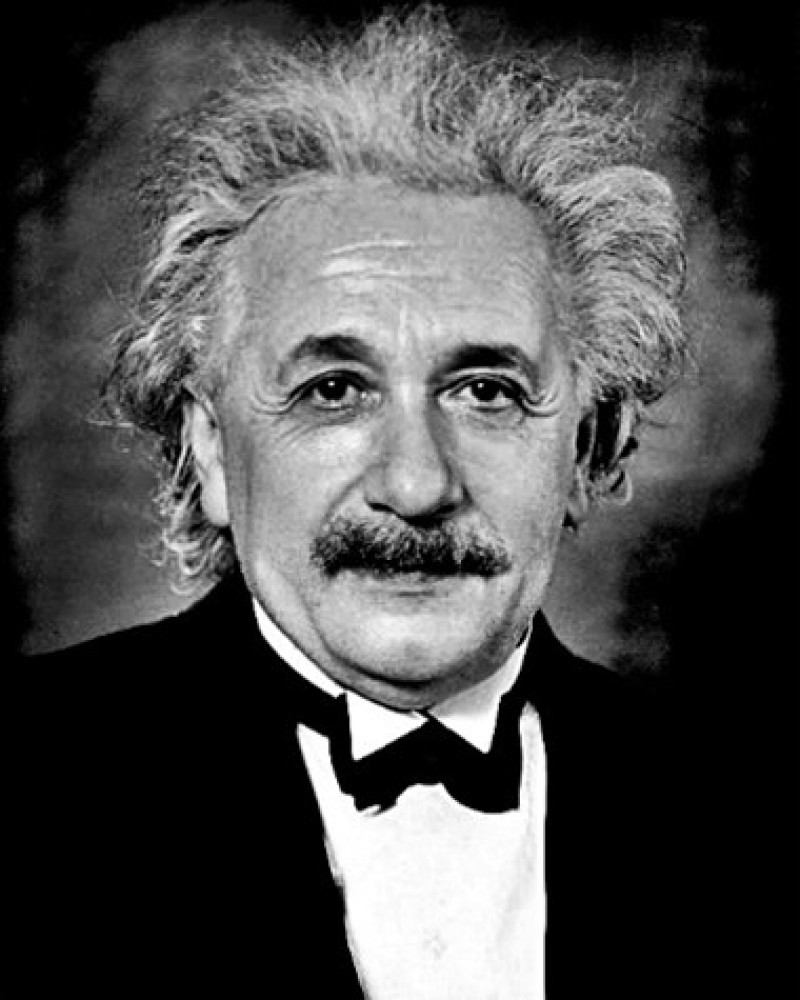
Albert Einstein, Scientist of the millennium
I.C. Robledo has deduced certain secret principles of genius such as personal qualities, learning aspects and thinking. We have already defined who is a genius. However, Robledo explains it as follows: ‘Genius is not a status to reach; rather it is a journey to greatness. It is the aspiration and relentless pursuit of something greater than what you are at the present moment’. It is not, he argues, high IQ score that matters; it is tapping into one’s potential relentlessly. The necessary condition for a person to become a genius is that he must possess certain qualities and they are, according to Robledo, as follows:
Senses: we all have senses but it is important to train such senses that are normally treated secondary. We all ‘see’ things but what is required is to train particular sense to aim for the goal. The young Arjuna in Mahabharat, when asked by his teacher Dronacharya how he was aiming for the bird in the tree, he said he could see only the bird’s eye!! The archery Arjuna had mastered was the result of honing his sight and mental skills over a period of time. The other qualities, in Robledo’s lists, are curiosity, adaptation, challenge, vision, uniqueness, perfection, perseverance and work. Geniuses possess all these qualities to varying degrees. While the meanings of these qualities are obvious; however, they mean more to the geniuses. Let us take a few examples of how some of these qualities are associated with the men of genius. Sir C.V.Raman’s curiosity to understand the blue color of the sea waters led him to the discovery of Raman Effect. Of these qualities, vision stands out even among the men of eminence.

Lord John Keynes, The father of macroeconomics
We take the example of Newton’s classic book Principia of which Nobel Laureate-astrophysicist S.Chandresekhar says, “He wrote it with a speed and a coherence unparalleled in the intellectual history of man”. He says further, “A revealing aspect of this effort, from present vantage point, is that Newton was not content with a bald enunciation of his discoveries: he seems to have been concerned, far more, in placing his discoveries in the context of the entire domain of science that he was able to construct and perceive as a whole”. In other words, Newton envisioned a unified world-view in which physical phenomena occur as per his laws of mechanics. Of work habits, Bertrand Russell says of John Keynes, one of the greatest economists of the 20th century, “He was always inclined to overwork; in fact, it was overwork that caused his death”. However, the positive side of Keynes’ work style is his absolute devotion to work, more work and still more work. Robledo identifies another set of twelve secret principles, namely, question, objectivity, simplify, define, patterns, anomalies, analysis, analogy, perspective, intuition, freedom and problem all of which fit to a mosaic of ‘thinking, strategies and problem-solving’, some kind of a toolkit of the genius. So, if a person resolves to adopt these principles, nothing stops him from becoming a genius. Another principle is question which if churned out of a very keen observation may not find an easy answer. Once a Tanzanian school boy, Erasto Mpemba, asked a visiting physics lecturer to his school something like this, “In a freezer there are two equal volumes of water, one at room temperature and the other at boiling temperature; why the boiling water freezes first?” The phenomenon is called Mpemba Effect. It turned out that this question led to multiple answers and kept even professional chemists and physicists engaged to offer a satisfactory answer. Our answer is that, according to the Newton’s law of cooling, the rate of cooling of a body at a given temperature compared to its surrounding varies as the temperature difference. The faster is the cooling if higher is the temperature difference, if we ignore other effects.
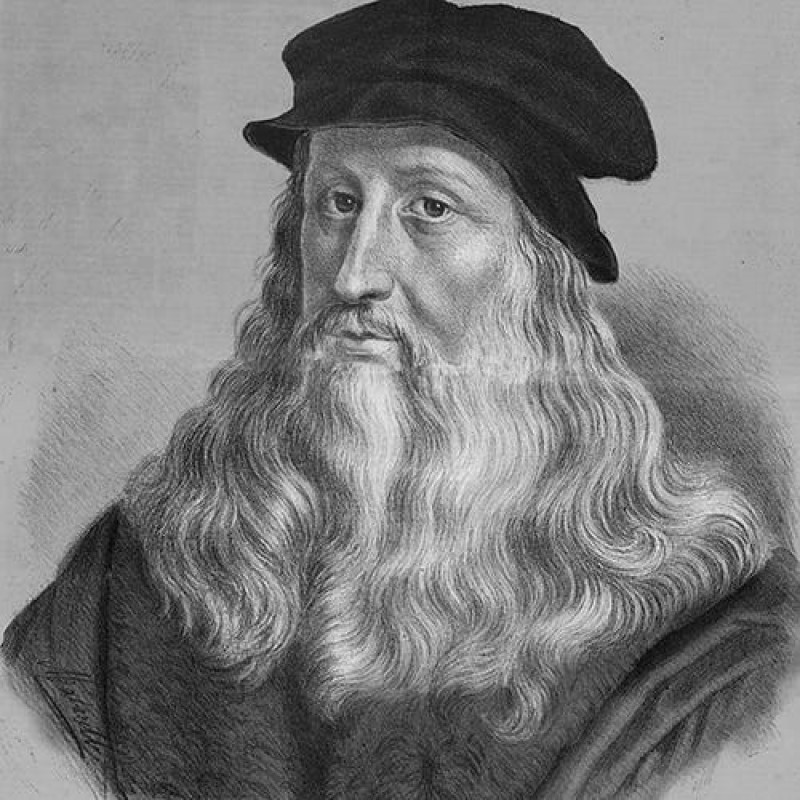
Leonardo da Vinci, Italy’s polymath
The GxE Paradigm: Genes of a person are no more his destiny. Environmental factors can influence and hence can navigate genetic expression in different forms including creativity. This is a paradigm shift in our understanding of human talent, creativity and their relation to the environment. The key factor in being a genius is creativity and there has been a great deal of understanding as to the origin of creativity, its innate element, pattern and its susceptibility to socio-cultural influences and manifestation. Pre-determined development of genes is replaced by their dynamic development. With just good IQ quotient attributed to the Italian polymath Leonardo da Vinci and 20th century physicist-Nobel Laureate Richard Feynman, both carved out a niche in their own rights. Their enormous achievement came from their dogged determination. As a young boy of fifteen, Leonardo da Vinci received a rigorous training in many areas including painting and sculpture. His qualities are characterized as ‘keenness of observation and creative imagination’ making him the most sought-after sculptor and painter by the rulers of Italy during the 15th century. He also grew to be an engineer known for grandiose sketches of devices. Feynman was taught at home to know what he didn’t know in his own way and being always different. So, if creativity can stem from personal passion or ‘burning desire’ and diligence, its evolution, intensity and direction are determined by environment as well. The environment broadly includes not only politico-socio-cultural milieu in which the person lives but also ‘triggers or moments’ at different levels of his mental development. The Genes x Environment or GxE paradigm, as it is called, produces intelligence as a process, not an end in itself. The E in GxE paradigm can, if necessary, bring about extraordinary changes as has been demonstrated in raising IQ level of 98% of its test-takers belonging to the 20th century who have scored on average better than those belonged to the 19th century. Such demonstrable results have far-reaching consequences for making societies more intelligent and more potential to be superior to take on future challenges. It was Sir Francis Galton in 1874 who introduced the concept “nature and nurture” and propounded a new method called Eugenics for improving human race with heritable characteristics so as to maximize the cultivation of superior human race for future generations. Whether or not this ulterior motive would be attainable, the idea was politically not desirable and not acceptable even on the humanitarian ground because after Adolf Hitler’s adoption of the idea of Eugenics as a weapon of racism, the world chose to discard it. Any approach to improve human race must be socially inclusive.
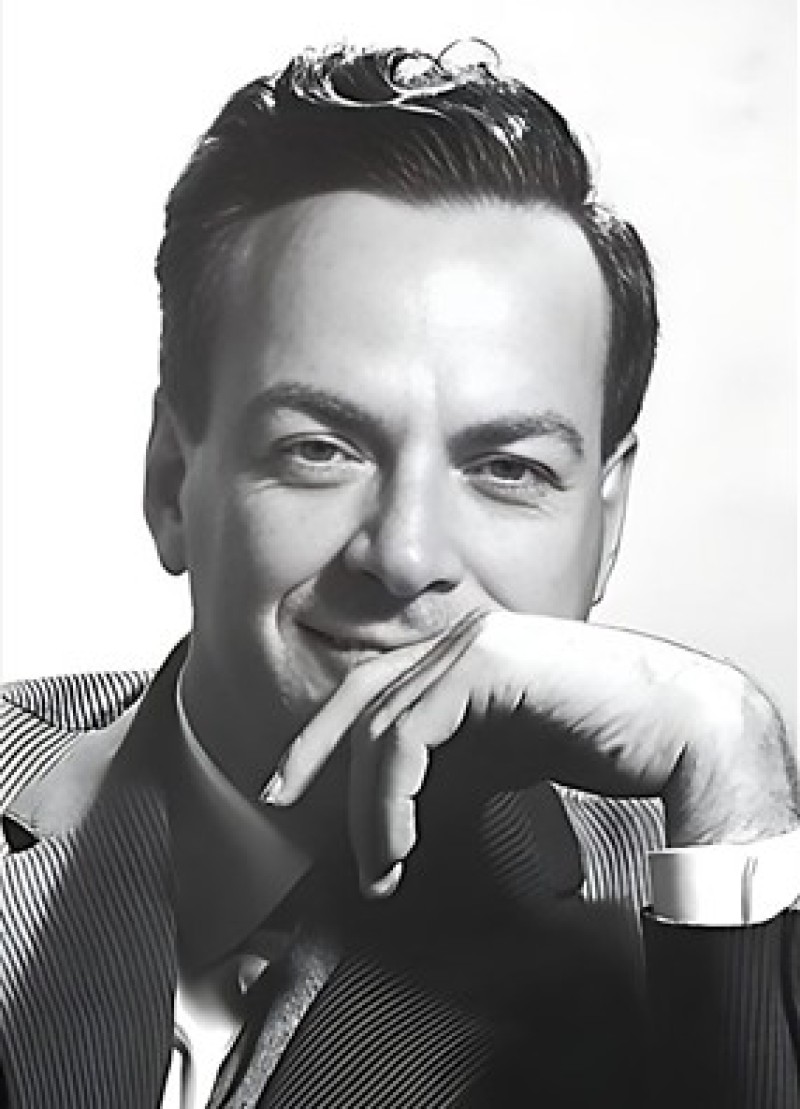
Dr. Richard Feynman, Theoretical physicist
Intelligence as a Process:
‘Die is cast’ is a famous idiom; a new idiom must be
‘Die is soft-cast’. We have seen above that intelligence is a process
susceptible to be altered its direction under the influence of an environment.
So, if the so-called talent is ‘soft-cast in the genetic box’, it is over a
period of time ‘sculpt-able or moldable’ as determined by the GxE paradigm. It
is said, ‘Some men are born great; some achieve greatness; for some it is
thrust upon them’. If this proverb is called into question in the present context,
what is admissible is ‘Greatness is something to which any child of any age can
aspire’. History is a testimony to the fact that the most gifted children or
prodigies do not go on to become greats later. French psychologist Alfred
Binet, who devised IQ test, argued that, ‘Some assert that an individual’s
intelligence is a fixed quantity which cannot be increased. We must protest and
react against this fatal pessimism’. If we look at men and women as
achievers, they have exceptional drive. Einstein said, “I’m passionately
curious”. Mediocrity is not the result of genetic pre-disposition; it is an
avoidable state. An analogy is not out of place here: inventor Count
Rumford showed that heat is continuously generated from a metal when it is
continuously bored with a drill. The resultant quantity of heat produced is
proportional to the amount of mechanical drilling, there being no repository of
heat in the metal as was believed in the 18th century. Any amount of heat is
extractable from the metal as long as it is being bored. So here is a lesson:
the potential in men and women, like ‘heat’ produced by the metal, manifests
only if they are properly ‘bored’ by their social milieu. No example is
appropriate than what we see in art: in music, for example, riyaz – an
unwavering practice – is the key to success to the status of maestro.
Musicians, artists and writers produce their great works as they ‘mature’ on
the basis of unwavering passion. The tabla maestro Zakir Hussain attributed his
mastery to riyaz or sadhana starting from 3 O’ clock in the morning for five –
six hours continuously while he was a very young boy. He said, “His beats on
tabla rhymed with every time he inhaled and exhaled”. It’s a perfect
blend and synchronization of the focus and beats, a state attained only by
sadhana. Amid adverse circumstances, be they what they are, an encouraging
family, guru and society can emerge as ‘promoters’ of men and women who aspire
to achieve.
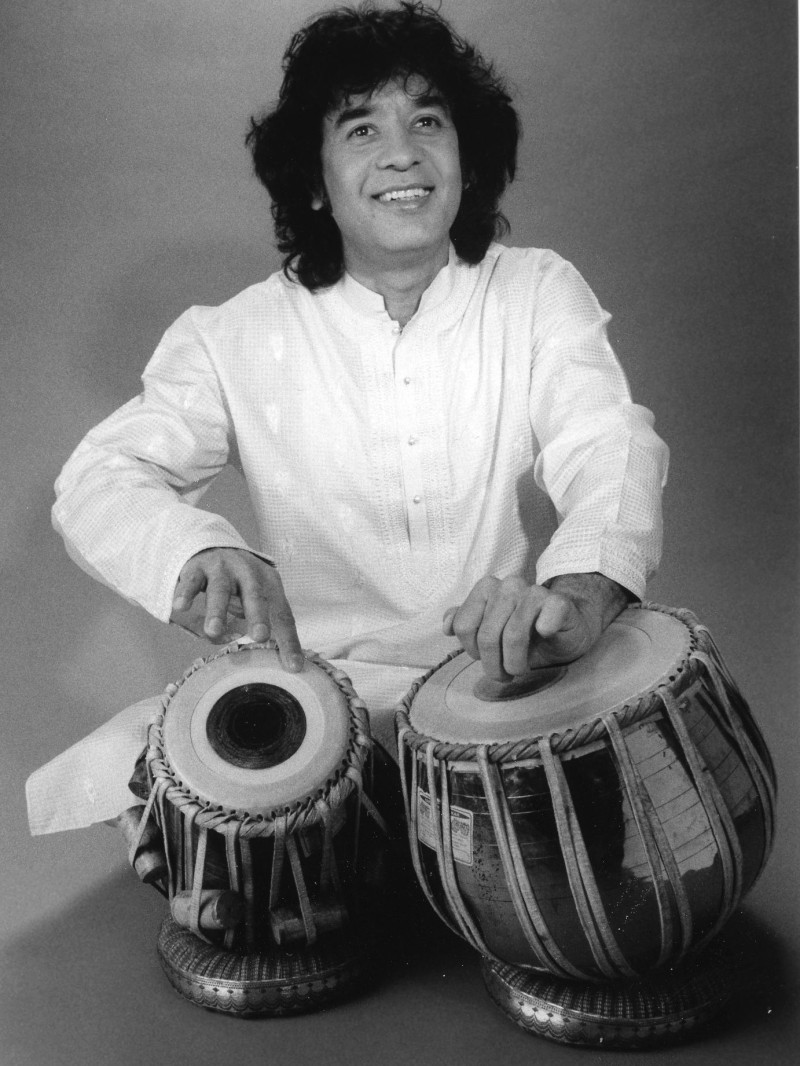
Zakir Hussain, Tabla Maestro Ustad
This could be a new paradigm in realizing a healthy society where individuals feel encouraged to pursue new initiatives free of obligations of their milieu. This paradigm might bring itself into conflict with the dogmas which say that ‘intelligence is inherited and is pre-determined’. We only hope the modern societies, if they are persuaded to accept science and dispel the age-old myths, will be able to reconcile with the paradigm.
Motivations:
Scientist Einstein as a school boy was fascinated by the magnetic compass donated by his father. The constant directionality of the compass needle led him to ask ‘how it is coupled to the Earth’s magnetic field’. The compass, it may be said, was the trigger for Einstein, the boy. Diverse animal and bird species across different islands keenly observed by Charles Darwin during his voyage at sea excited him to look at ‘the common threads’ running through otherwise infinitely diverse species. The blue colors of the sea waters as a phenomenon of light scattering excited Sir.C.V.Raman while he was on a journey at sea. His detailed study of the light scattering by different materials led him to the discovery of ‘Raman Effect’. The story of how Newton was led to his gravitational law when an apple fell on his head is another pointer to the involvement of ‘the moment of truth’. It is not necessary that creativity follows ‘the sparks’ but in many instances it is true. Creativity in its many forms can also be a response to solving problems. When the world plunged into ‘Great Depression’ in the year 1929 (i.e. it refers to economic depression), British economist John Keynes proposed radical reworking of the earlier practices by advising governments to intervene with suitable policy measures to arrest unemployment and boost ‘demand’ for spending by people. As a result, his ideas and solutions which the governments implemented became ‘The Keynesian Revolution’. When developing nations including India were facing severe shortage of food to feed people during 1950s and 60s, American agronomist Norman Borlaug provided methods to produce high-yielding wheat, cereal, rice and others combined with effective programs for both implementation and desired outcomes. It was a phenomenal success leading to what is popularly called ‘Green Revolution’. Borlaug had recognized the need to reduce hunger which he believed would potentially avoid wars. What a benign weapon to prevent wars!! Borlaug was honored with the Nobel Peace Prize for the year 1970. It must be mentioned here of the eminent agricultural scientist Dr.M.S.Swaminathan’s association with Normal Borlaug in achieving ‘Green Revolution’ in India.
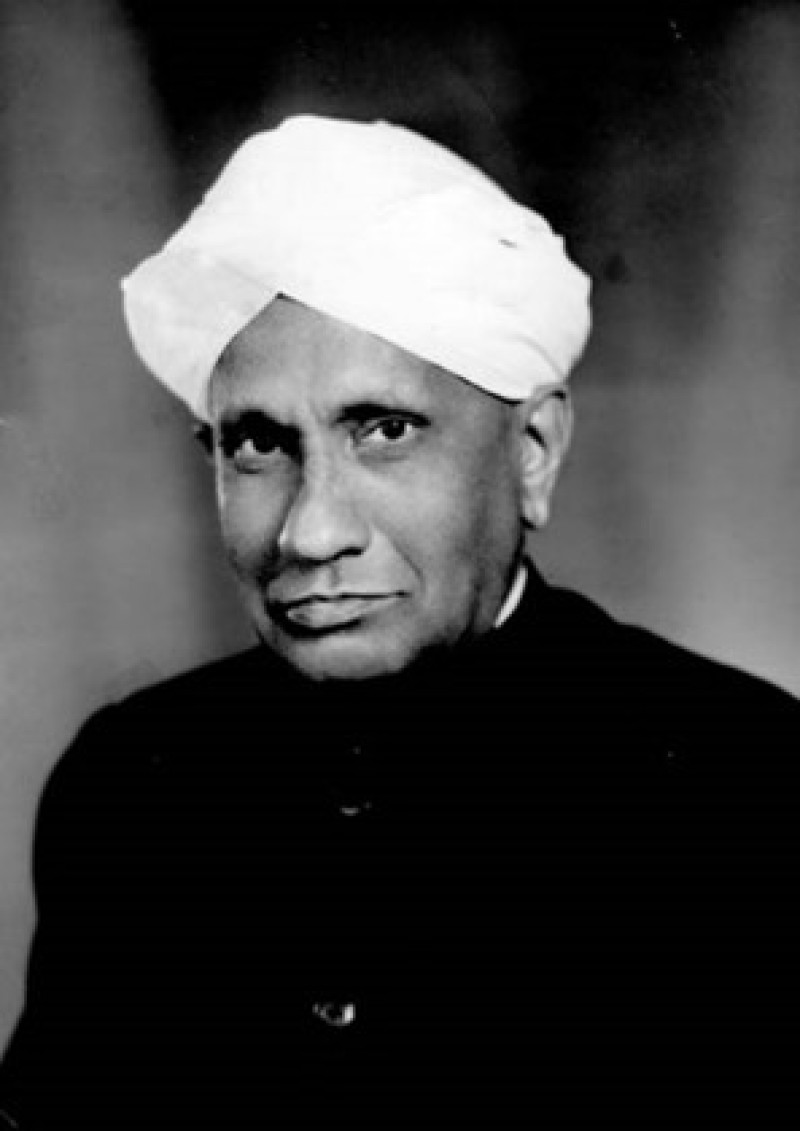
Sir C.V.Raman, The Science Hero par Excellence
The Eureka Moment!!
The
legend has it that Greek scientist Archimedes, while bathing in a tub,
discovered the law of floatation in aha moment popularly known by his
excitement, “Eureka, eureka”!! If the sown seed is the starting point, the next
Two roads diverged in a yellow wood
And sorry I could not travel both
I took the one less travelled by
And that made all the difference.
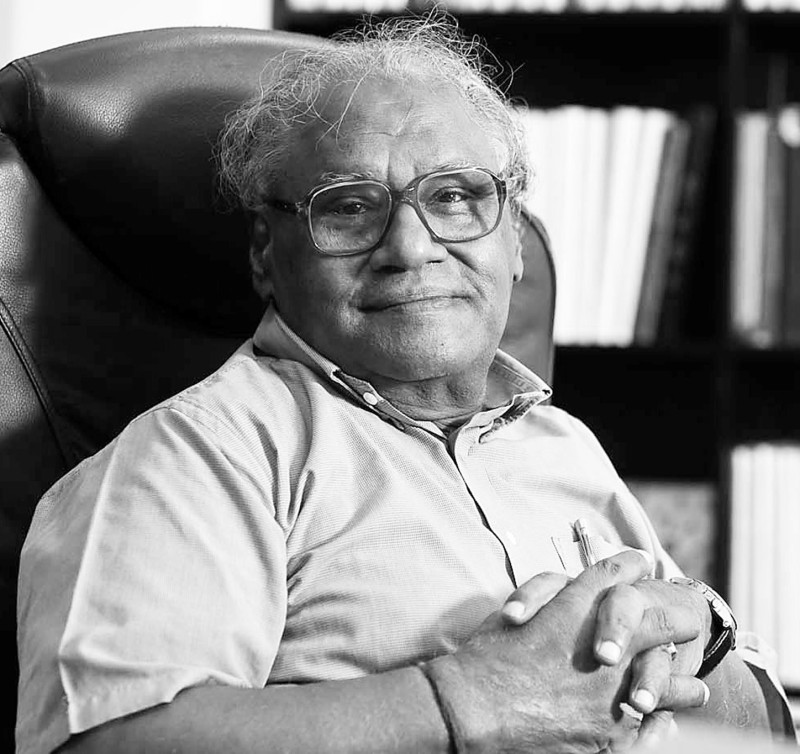
Bharat Ratna Prof.C.N.R Rao, FRS
Big Questions:
Discoveries are often attributed to serendipity. If a new phenomenon pops up, the perseverance to recognize it as the new phenomenon is distinctively individualistic among men. Eminent French mathematician Henry Poincare appeared to have walked along the same path as Einstein did later, being very close to discovering the special theory of relativity yet he missed it. Before Charles Darwin, eminent naturalists must have observed myriad plants and animal species on Earth; yet they failed to see the common threads running through the species. After years of careful observation and study of both species inhabiting islands and archipelagos he had visited, Darwin inductively arrived at the theory of evolution as the bigger picture which stirred up theologians’ mind of his generation. On the other hand, creative efforts result from questions the person poses to himself or his big question is placed at the center of a bigger picture, something of a grand vision which germinates either as a beacon or a milestone. The beacon shines light on the right kind of paths; the milestone shows a different direction to paths. Scientist J.C. Maxwell’s theory of electromagnetism fits into this category. He considered all the laws of electric and magnetic phenomena firmly established by different discoverers and formulated a theoretical framework as the basis of the observed phenomena. The resultant electromagnetic theory is a unified picture of all the known facts of electricity and magnetism: it says, in essence, a changing electric field produces magnetism and a changing magnetic field produces electricity. Further, it says, light radiation is the manifestation of periodic variation of electric and magnetic fields. This electromagnetic theory is the corner stone of science and engineering, being the precursor to the modern communication systems. Einstein derived motivation from Maxwell to embark upon a similar effort of finding a grand unified approach in which all phenomena of electromagnetism, gravity and atomic nuclei should be deductible from a single coherent theoretical framework. So, Einstein’s picture is much bigger than Maxwell’s and the picture is still not realized. Similarly, Newton’s world-view consists of a bigger picture of abstraction characterized by the laws of motion and law of gravity which govern planets, comets, stars, etc. It’s from this picture we can deduce consequences applicable to all phenomena in the cosmos. Newton, Maxwell, Einstein, Darwin and similarly others of the same breed are not merely contended with discoveries; instead, they asked right kind of questions and envisioned a wider canvass of their novel ideas not only breaking the rule but broadening and deepening our understanding of the natural world. On the practical side highly, creative inventions have brought disruptive changes with a wider influence on day-to-day life. Engineer Nikola Tesla introduced a new efficient method of transmitting electricity by alternating current (AC) system in preference to direct current (DC) system, which even to this day remains the most viable approach. Tesla is credited with a range of inventions both having practical utility and imaginations as well. His most noteworthy trait is his passion to pursue with a bigger picture of solving outstanding problem not only of pragmatic value but also of wider reach to people. The genius is not merely satisfied to solve a problem at hand; rather sets himself to a challenge in his big picture.
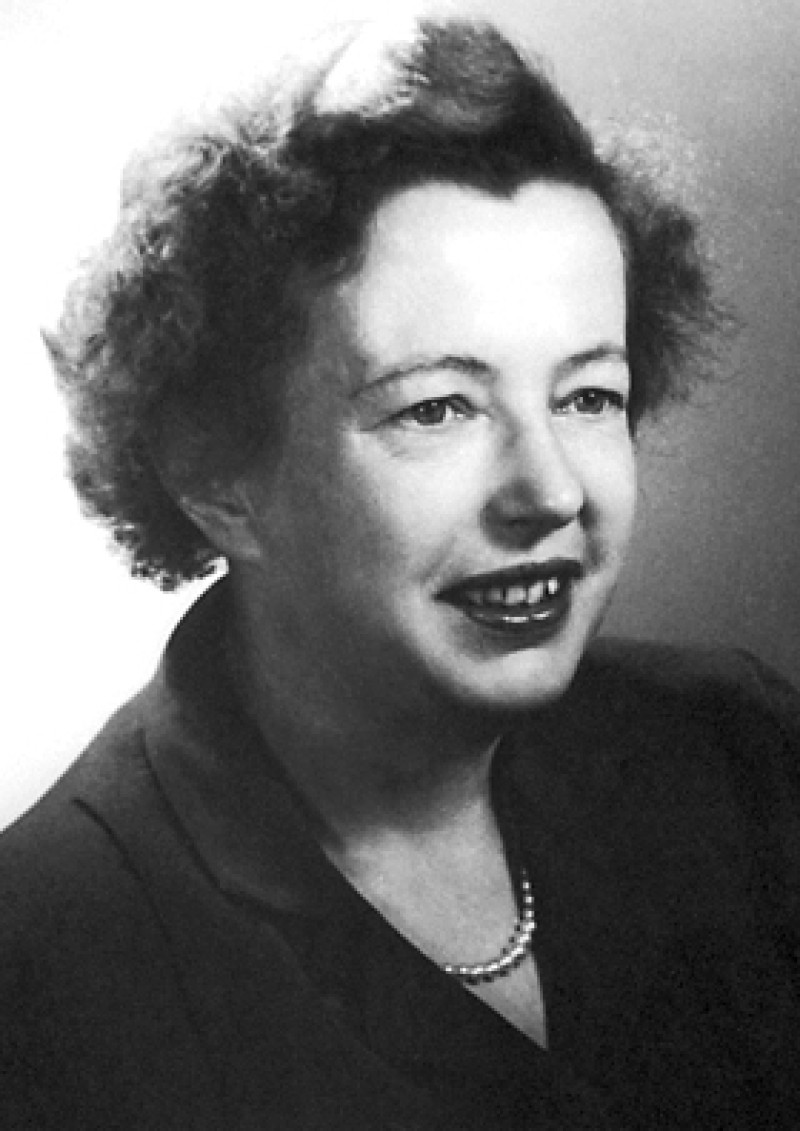
Maria G.Mayer, the second woman Nobel Laureate in physics
Mari G. Mayer, the second woman Nobel Laureate in physics after Madam Curie, solved the problem of how two photons are simultaneously absorbed by the excited atoms as part of the general quantum mechanical absorption, emission and dispersion theory of radiation. This work being her PhD thesis topic in 1930 turned out to be a forerunner of non-linear laser spectroscopy after three decades later. Big questions lie on the horizon of ignorance, motivating the geniuses to ask the right questions in search of answers. In the year 2005, the most respected Science journal asked the scientists what ‘Hard Questions’ facing them to be tackled in the immediate future. Here is the list:
1. What is the universe made of?
2. What is the biological basis of consciousness?
3. Why do humans have so few genes?
4. To what extent are genetic variation and personal health linked?
5. Can the laws of physics be united?
6. How much can human life span be extended?
7. What controls organ regeneration?
8. How can a skin cell become a nerve cell?
9. How does a single somatic cell become a whole plant?
10. How does earth’s interior work?
11. Are we alone in the universe?
12. How and where did life on earth arise?
13. What determines species diversity?
14. What genetic changes made us uniquely human?
15. How are memories stored and retrieved?
16. How did cooperative behavior evolve?
17. How will big pictures emerge from a sea of biological data?
18. How far can we push chemical self-assembly?
19. What are the limits of conventional computing?
20. Can we selectively shut off immune responses?
21. Do deeper principles underlie quantum uncertainty and nonlocality?
22. Is an effective HIV vaccine feasible?
23. How hot will the greenhouse world be?
24. What can replace cheap oil – and when?
25. Will Malthus continue to be wrong?
The above list of big questions is certainly not complete but surely they are, in the words of physics Nobel Laureate David Gross, “…..guideposts; they stimulate people”.
Influence of Culture:
Here we ask: how does culture influence creativity? Before we address this issue, we also ask, what is culture? Popular understanding is ‘culture’ is a way of life. A person’s life may be influenced by talent, family, education, and self-motivation, social, political, economic and spiritual factors to varying degrees. There seems no typical pattern of creativity uniquely influenced by the above factors; however, their combination as decided by the person and his circumstances surely contribute to the birth and manifestation of creativity. Charles Darwin was no bright as a young man and just managed to secure a pass degree from the University of Cambridge. He was neither professor nor a professional scientist at any institution. However, as his interest grew in understanding natural world, Darwin adopted a disciplined style in work, mastering the art of scientific exposition, writing and communication over years through hard work sustained by unwavering motivation. Darwin had inherited family estate enough to keep him and his family happy while he dedicated himself to work. It was in these circumstances he produced fundamental work on the origin and evolution of species that shook the world! While Darwin does not fit into the conventional category yet he proved himself a genius. Mathematical genius Srinivas Ramanujan is another example of the complex inter-play between him and socio-religious cultures. His math skills showed up at 10 and despite circumstantial handicaps he remained focused on doing mathematics and inventing theorems. With no formal training beyond secondary school education in which Ramanujan excelled only in mathematics but did poorly in other subjects; his creative output and insights stunned Prof.G.H.Hardy who mentored him at Cambridge. Who inspired Ramanujan? Ramanujan himself attributed his extraordinary creativity to his family deity, Namagiri Thayar. This divine connection defies formal rules to create mathematics. Mathematician Gregory Chitin, in his article – “Less Proof, More Truth”, sums it up: “… there was Ramanujan, who never comprehended the idea of proof. He said that an equation is of value only if it expresses one of God’s thoughts, and believed that his ideas were communicated to him by the goddess Namagiri”. Being outside the walls of academics and with no formal requirement for compliance, Ramanujan had the freedom to create that mathematics which he believed to be ‘his God’s thoughts’. Ramanujan’s pure intellect suffused with spirituality is the essence of his creativity. Mathematician G.N.Watson, who spent years in proving Ramanujan’s theorems, says of a thrill in them which is exactly the same experience when he looks at the beauty in the sculpture of Michelangelo.
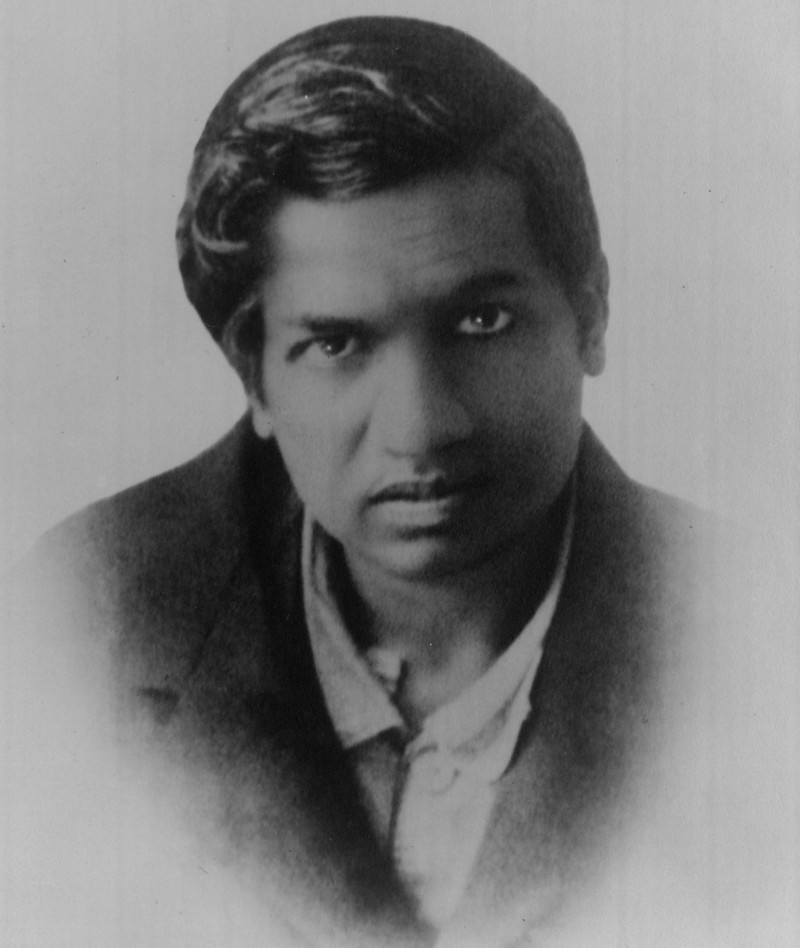
Srinivas Ramanujan, The Man Who Knew Infinity
Dimensions of Creativity:
On account of his exceptional creative
power, the genius takes the bold step of breaking the rule. In his search for a
solution, he dares the conventional wisdom. So, what are the ingredients of the
pattern of his creativity? He does not break the rule for its own sake; rather,
he feels compelled to do so since his mind is able to grasp ‘truth’ which is
arrived at by imagination, clear comprehension and by using metaphors.
Metaphors are of value in ‘seeing’ a new path. Young prince Louis de Broglie of
France was studying electrons and asked, if light is both waves and particles,
that is to say, the light travels as waves and also behaves as a stream of
moving particles called ‘photons’ carrying energy and momentum, he argued, the
converse should hold good for the electrons. If the electrons are particles
carrying energy and momentum, so also, they must behave as waves characterized
by wavelength. In the words of de Broglie himself, “After long reflection in solitude and meditation, I suddenly had the
idea, during the year 1923, that the discovery made by Einstein in 1905 should
be generalized by extending it to all material particles and notably to
electrons”. He also predicted diffraction phenomenon by electrons, a
litmus test of wave property and it successfully passed the test. Louis de
Broglie’s discovery is a perfect example of the application of metaphor
combined with intuition plus all those qualities mentioned above. This
discovery was his PhD thesis and what is more the Nobel Prize for physics was
awarded to him in 1929. In his best-selling book The Genius in All of Us, the award-winning science journalist
Davind Shenk’s words sums it up: “Individual differences in talent and
intelligence are not pre-determined by genes; they develop over time. Genetic
differences do play an important role, but genes do not determine complex
traits on their own. Rather, genes and the environment interact with each other
in a dynamic process that we can never fully control but that we can fully
influence. No two people will ever have exactly the same potential, but very
few of us actually come to know our own true limits. Speaking broadly,
limitations in achievement are not due to inadequate genetic assets, but to our
inability, so far, to tap into what we already have”.
Human history is a testimony to the diversity in man’s creativity. If in art an expression of creativity is pure in itself with no ulterior motive, that is to say “art for art’s sake”, in other sphere of man’s endeavor its origin may be ascribed to ‘the principle of sufficient reason’, that is to say, any proposed novel thought or deed must have a reason. An original idea influences many generations and produces new knowledge until it is required to be amended for its survival or is completely replaced. If the classical biologist followed a reductionist approach to understand organisms, in the modern times it is replaced by systems biology in which the organisms are understood better in terms of wholeness rather than parts. Darwin provided a mechanism for the natural selection of species but he did not answer how ‘characteristics or traits’ are transferred from species to species. Later, as understanding of the fundamentals progressed, Mendel’s theory of genetics has been incorporated into the framework of evolution leading to what is controversially called ‘Neo-Darwinism’. This is another example of how newer understanding is built up on the basis of earlier fundamental concepts. In our ancient Indian way of life, we see an integrated approach to art, culture, science and wisdom as a pattern in rhythmic with life. This idea is succinctly said, “Satyam, Shivam, Sundaram”. Leonardo da Vinci, it is said, ‘developed a unique theory of knowledge in which art and science form a synthesis’. As our understanding of complex natural phenomena gets deeper partly driven by curiosity and partly by the motive to invent newer technologies, this year’s Nobel Prize for physics strongly illustrates a new paradigm of breaking the rules in creative works that have led to revolutionary technologies, namely, ‘machine learning’ and ‘artificial neural networks’. Nobel Laureates Prof. John Hopfield and Prof. Geoffrey Hinton have derived their fundamental ideas from physics, molecular biology, neuroscience, cognitive psychology and computer science and the corresponding intersections between disciplines to understand how the brain stores, processes and retrieves information using the network of neurons. Brain as analogy has served as a model to build similar patterns and the present day artificial neural networks essentially mimic neurons network, structure and function. From simple analogies like plum pudding to the planetary model to understand atomic structure in physics, likewise creativity draws its inspiration from analogies to understand complex entities in nature. In the realm of mysticism, philosophers and saints have always used analogies to convince people about their radical thoughts as means of attaining a good life.
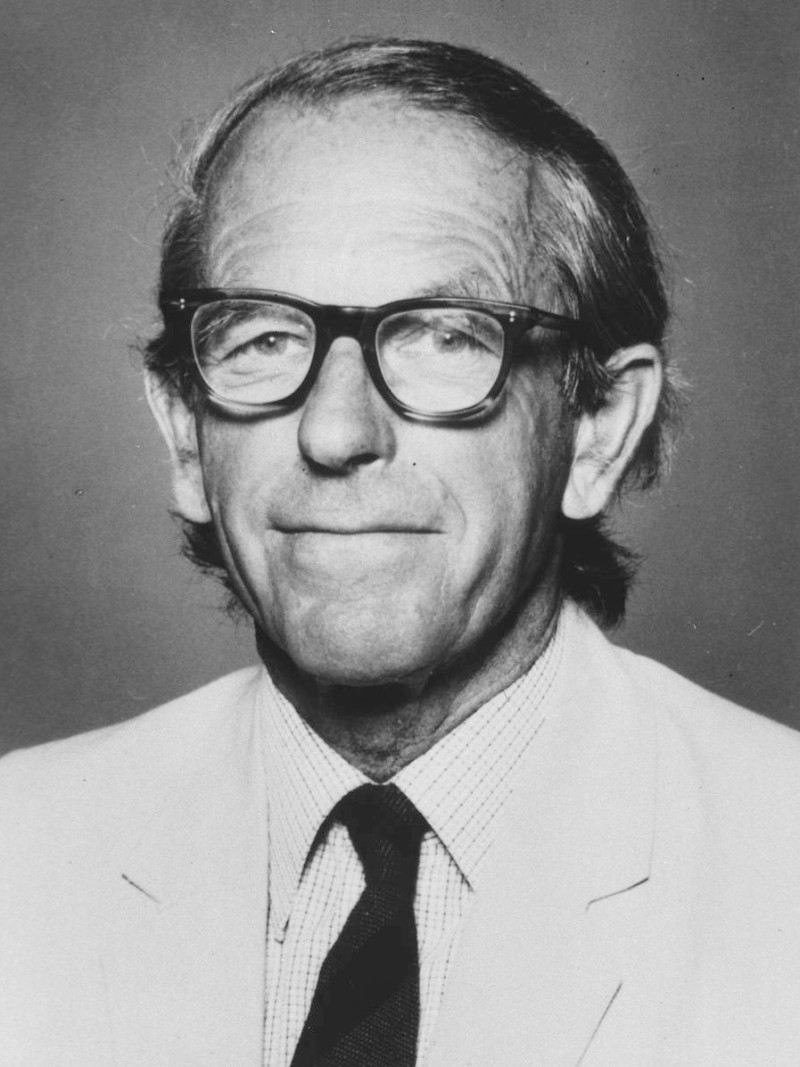
Dr. Frederick Sanger, two-time Nobel Laureate
Genius: Natural or Nurtured?
Based on what has been presented in
this article we make a conjecture, any
industrious person with great potential could be a genius. It follows that
each person is endowed with great potential under favorable situations shows up
to the level of genius. Swami Vivekananda said something very similar: ‘Education
is the manifestation of the perfection already in man’. Bertrand Russell’s
definition is: ‘One of the most important elements of success in becoming a man
of genius is to learn the art of denunciation’. Further he goes on to
say: ‘Ignore fact and reason, live entirely in the world of your own fantastic
and myth-producing passions; do this whole-heartedly and with conviction, and
you will become one of the prophets of your age’. ‘The perfection’ or ‘the art
of denunciation’ may be cultivable potential in man. It is education that is
required to make ‘the perfection in man’ visible. What are the factors which
make the man a genius? If a strong motivation is necessary, then becoming
genius is by diligence. British biochemist Dr Frederick Sanger is a supreme
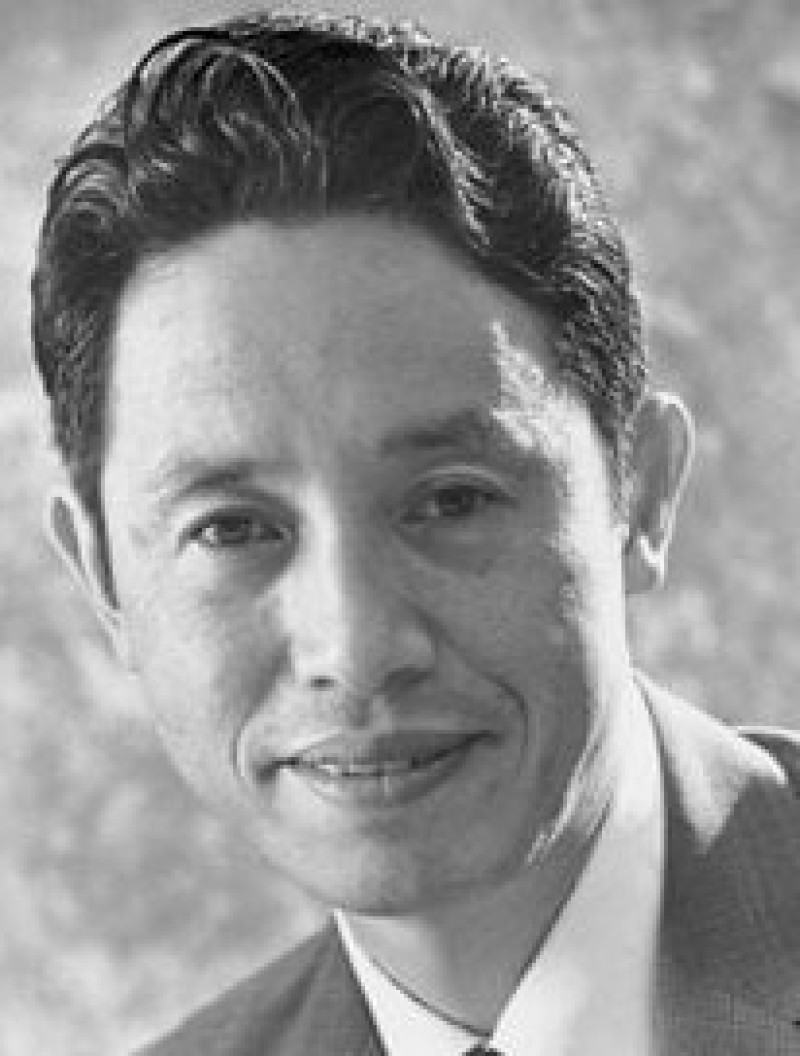
Leo Esaki, Physics Nobel Laureate and the inventor of Esaki diode
His tips, in our words, are as follows: (i) If your new ideas require rejecting conventional wisdom, reject it; (ii) Don’t allow great men excessively influence you; be a person of independent spirit; (iii) Don’t cram your mind with details more than is necessary; (iv) Cultivate a fighting spirit to defend what you think is right; (v) To be imaginative, keep your childhood curiosity alive. Whether or not these tips would produce a Nobel Laureate, they may deem to be the fundamental ingredients in the making of a genius.
References